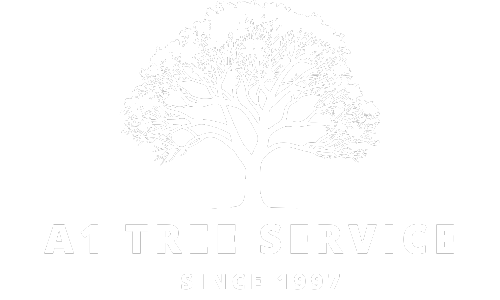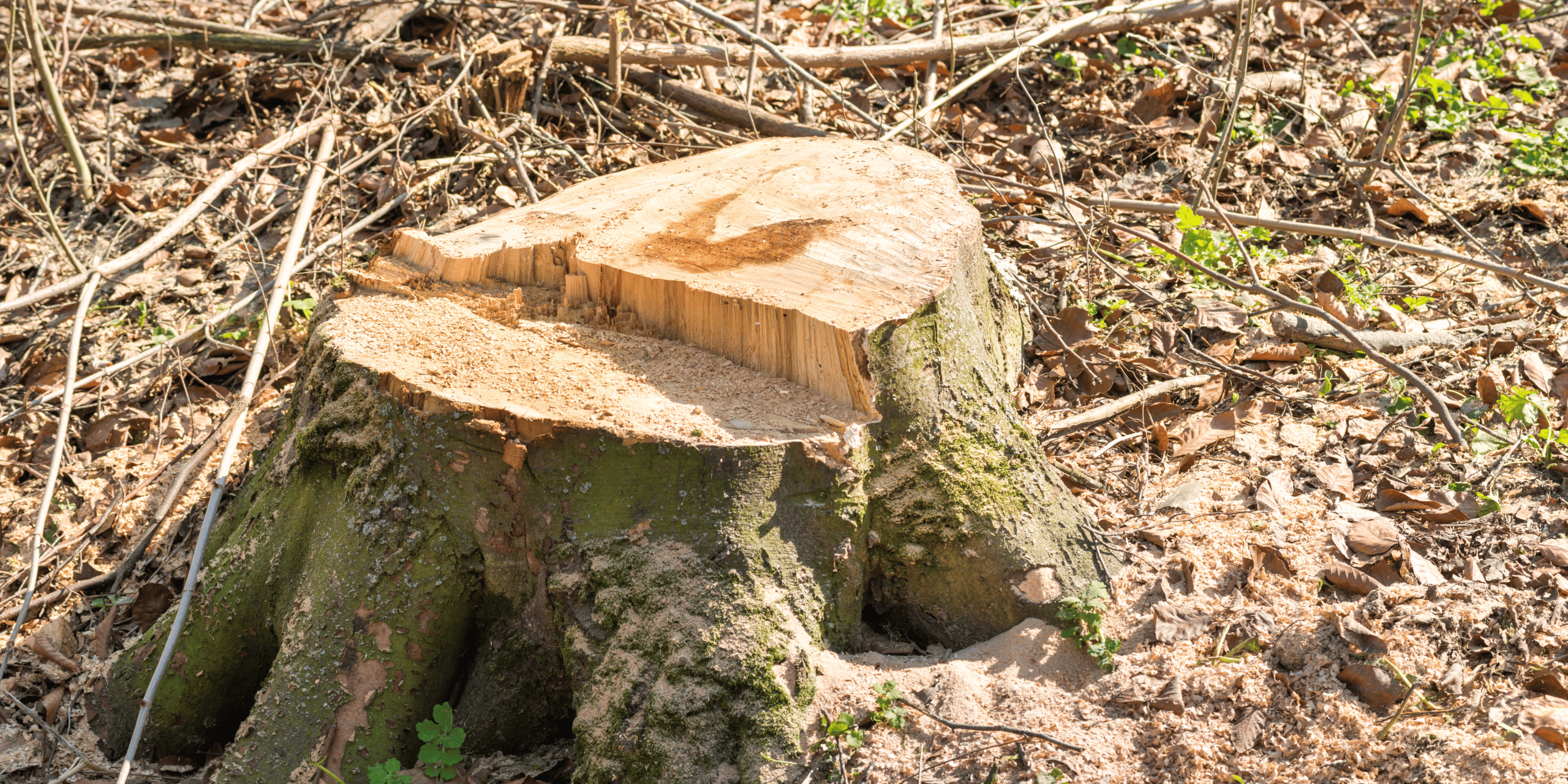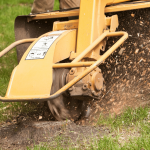Removing a tree stump can be challenging, there are simpler methods available to tackle it effectively. Removing stumps is a straightforward method for clearing out those pesky remnants in your yard. This method utilizes particular tools to break down the stump into chips, creating a smooth surface ideal for planting or engaging in various gardening tasks. This article will guide you through the process of stump grinding, ensuring you achieve professional results as detailed below.
Understanding Tree Stump Grinding
Stump removal mainly entails the use of a stump grinder, which is a machine used to grind the stump and its roots into chips. It is considered effective as compared to other practices such as pulling out or use of chemicals to remove stumps.
Equipment Used in Stump Grinding
Stump Grinder: A stump grinder is a tool commonly used in the timber industry, particularly in eliminating stumps from a plantation.
Riding Lawnmower or Garden Tractor: Either of these is used to transport the grinder to the site.
Personal Protective Equipment: Eye protection in the form of goggles, hand protection such as gloves, and foot protection such as strong boots, should be worn to protect the user while the grinding is in operation.
Steps to Grind a Tree Stump
Step 1: Preparation
Preliminary necessities must be met prior to the actual grinding process to be successful. This step is important to ensure that the process is as efficient and safe as it could be.
1. Preparation: The area must be cleaned up of any large rock formations and trees, shrubs, or any other materials which may cause the grinding equipment to break down.
2. Survey the Stump and the Surrounding Environment: Get an estimate of the size of the root ball or stump so that you will know the amount of space needed for the grinder to maneuver around the stump. By using this measurement, it is easier to determine the appropriate size of the grinder needed and how deep you will need to grind.
3. Wear Protective Apparel: Ensure your safety by wearing safety glasses, hand gloves, and good quality boots when handling large mechanical equipment. You should also wear skin protection especially for your arms and legs by putting on long sleeves and pants since your arms and legs could come into contact with flying wood chips and other debris.
Step 2: Position the Grinder
The grinder’s placement is equally important when it comes to removing your stump from your garden or compound.
1. Position and Stabilize the Grinder: Ensure that the stump is properly positioned under the grinder so it fits in an appropriate manner.
2. Position the Grinder Disk: Set the rotating disk on the correct working position depending on the size of the stump to be ground.
3. Start the Grinder: This can be done by turning on the machine and waiting until it attains its maximum speed for grinding.
Step 3: Grinding the Stump
Once you have your equipment set, commence with the grinding procedure.
1. Grind the Edges: The first step to shape a stump is to start with the edges. Use the grinder on a single spot, making a slow sawing motion to and fro across the stump.
2. Move Toward the Center: Proceed inwards while keeping the grinder always shifting from side to side. There is no likelihood of any part of the stump being left unground due to the rotary motion. The rotary motion ensures that every part of the stump will be thoroughly ground, leaving no chance for any section to remain intact.
3. Continue Lowering the Disk: With the remaining stump shorter than before, you should continue lowering the disk until you reach a depth which is standard, up to 2 to 4 inches deep. This guarantees a smooth-planed surface in the future.
Step 4: Clean Up
After grinding, the area must be cleaned, especially to avoid any accidental falls.
1. Oil Spill Cleaning: Remove the oil that spills off during the grinding operation, especially after the timber has been fed into the machine.
2. Grind Off Leftover Roots: Make sure there are no remaining roots that need to be ground down. Before starting any surface paving, ensure that the ground is plain and leveled.
3. Fill the Hole: If required, fill up the hole, leaving the ground flat. This step is useful in planting grass or flowers and will guard against anyone falling or tripping.
Safety Tips for Stump Grinding
People working with stump grinders should take utmost precaution all the time.
Here are measures you’ll need to observe:
Do not Grind a Wet Stump: You need to be careful that the stump is dry before grinding. It is dangerous if it’s wet or damp, as it can cause the wood to slide, and thus, lead to accidents.
Don’t Touch Grinder with Hands or Feet: Avoid putting hands and feet close to the grinding disk in order to avoid harm.
Keep Away from High Voltage: The area of grinding should not be close to any power lines since a short circuit may endanger workers.
Right Equipment: Choosing the appropriate grinder is crucial for your task, and depending on the job, you may need either a large or small stump grinder. The wrong choice of equipment stands out as a significant danger, leading to elevated risks of inefficiency.
When to Hire a Professional
There are situations where removing a stump can prove to be quite challenging or even unfeasible on your own, which is why seeking professional assistance can be important:
Large Stumps: In case you find that the stump is big and cannot be dealt with by your equipment, then opt for a professional to do the job.
Complex Root Systems: There are trees that have many roots extending straight up; such trees are difficult to grind, especially if the roots are massive and well-established.
Close to Structures: When the stump is close to structures, help from professionals and appropriate tools should be employed.
Qualitative Nature of Work: For tasks that demand some experience while operating a grinder, you are better of hiring the services of a professional grinder.


